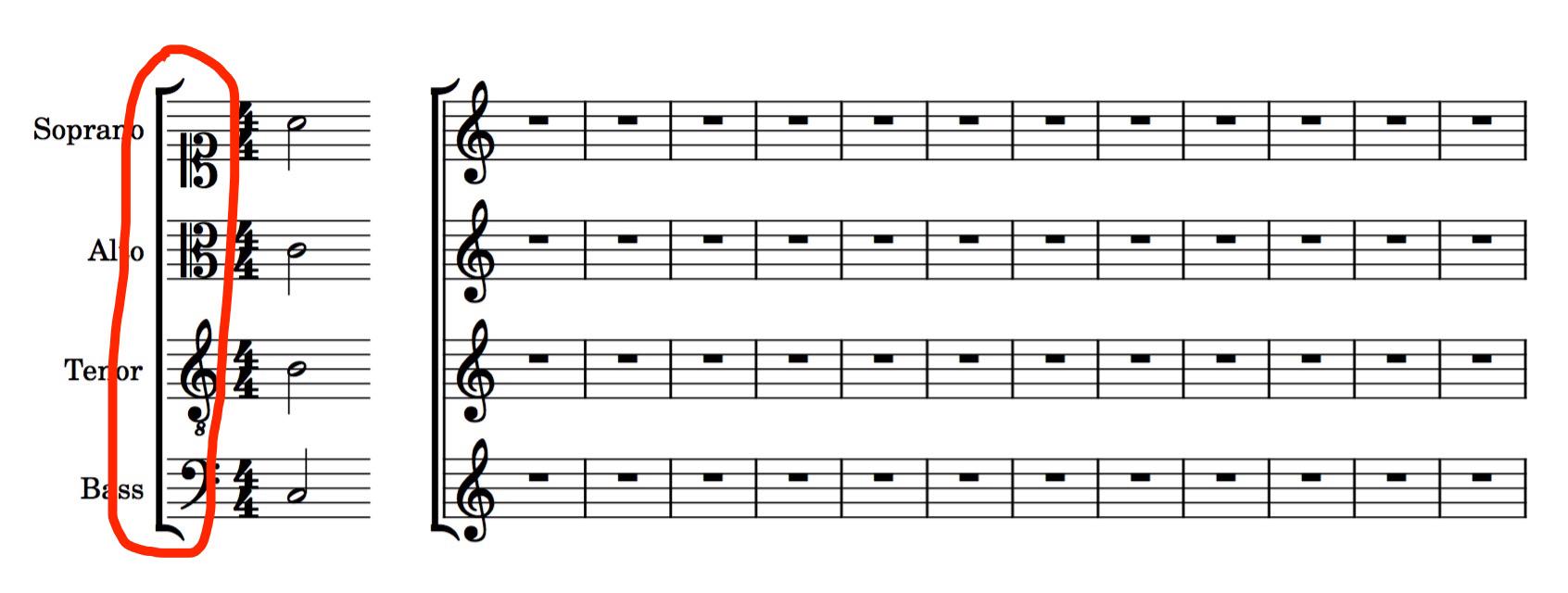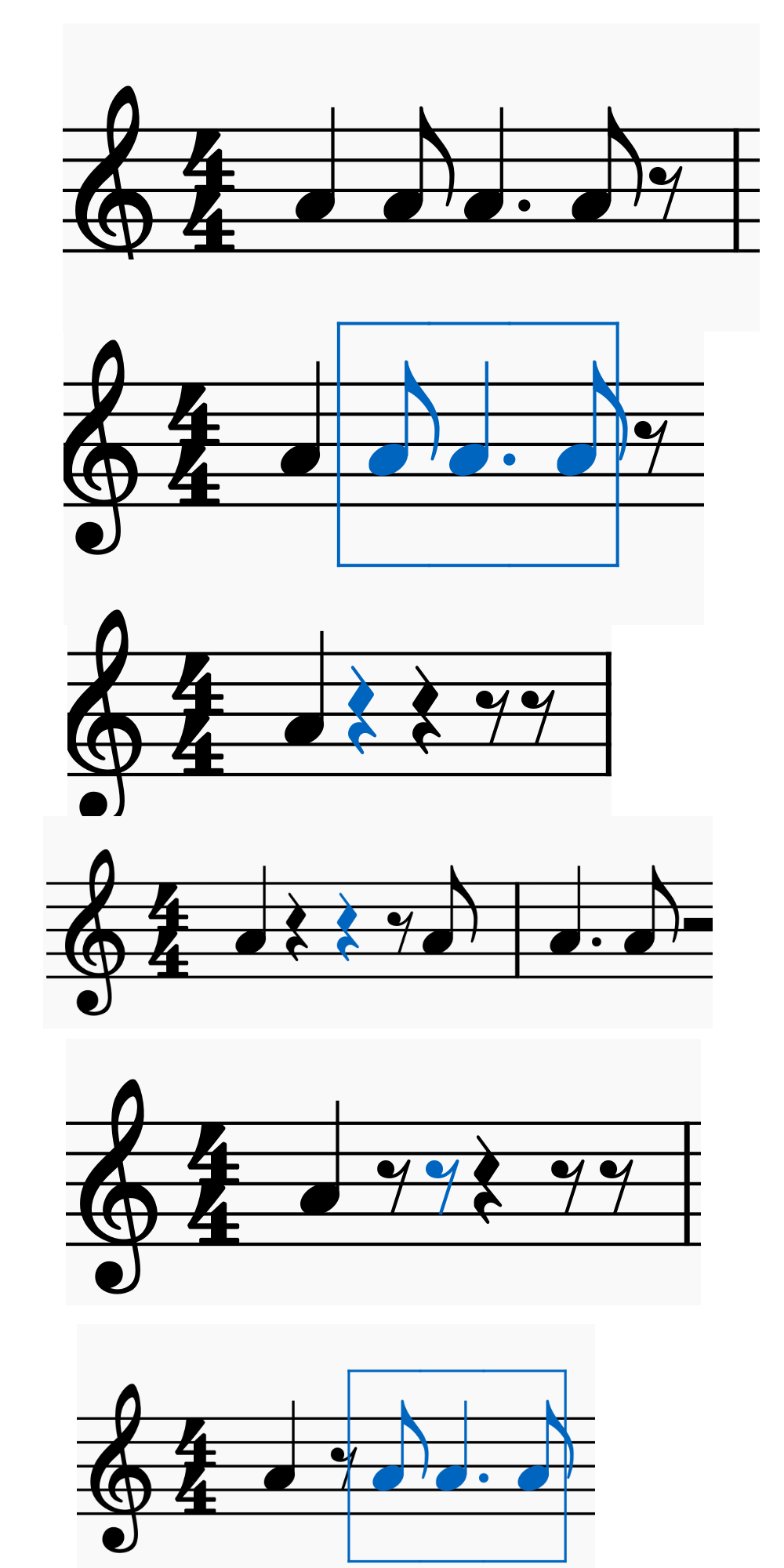

Worksheets for students to complete by hand

There’s also Florian Kretlow’s clever Figurato font for writing figured bass. These kinds of handouts are also the perfect use case for specialty fonts, such as Dan Kreider’s MusGlyphs and MusAnalysis, which make it easy to work music and analytical symbols. (You’ll need to re-space the measure after hiding a cautionary.) Hidden symbols are shown here in gray and do not print. Since each of these is an independent abstraction, there is no continuity between systems, so there is no cautionary clef change. MuseScore: Vertical and horizontal frames.Sibelius: Section break, Gap before bar.Each application has some specific tools that may be of use here: Collections like these will want to disguise some of the usual cautionary time signature and key signature changes, since one system might not be a direct continuation from the previous system. Lots of documents of this sort might combine different kinds of excerpts from different works. Even though this is the first measure of the handout, the measure numbering begins with 72. Students may be referring to different editions or may want to refer to recordings, which means they’ll need to know what measure of what movement of what work they’re looking at. Number every measure individually, and if you are using an excerpt from the middle of a movement, use bar number changes to indicate the real bar number. Speaking of measure numbers, be sure to label everything inside the document just as clearly. For study scores and excerpts, consider including the composer, title, movement, and measure numbers. For example, don’t just use “Homework 3”, but rather “Homework 3 – Major scales”, which will be much easier to search for a year from now. To start, do your future self a huge favor by giving your file names clear and descriptive names.

Some documents you prepare will be for student reference, such as a score excerpt, a group of scale examples, or a list of instrument ranges. In this article, I’m going to cover some of the workflows, workarounds, best practices, and other considerations that I have used in preparing my own materials for the university music theory and composition courses I teach.
#Musescore hide rests software
Preparing this sort of document can be tricky because notation software is built around a certain set of assumptions suited for performance materials - scores and parts - which may not always serve learning materials like quizzes or scale sheets.
#Musescore hide rests full
If you have ever taught music lessons or classes, you have likely needed to share some small bit of music notation with your students that isn’t quite a full score or part, but still requires some amount of staff notation.


 0 kommentar(er)
0 kommentar(er)
